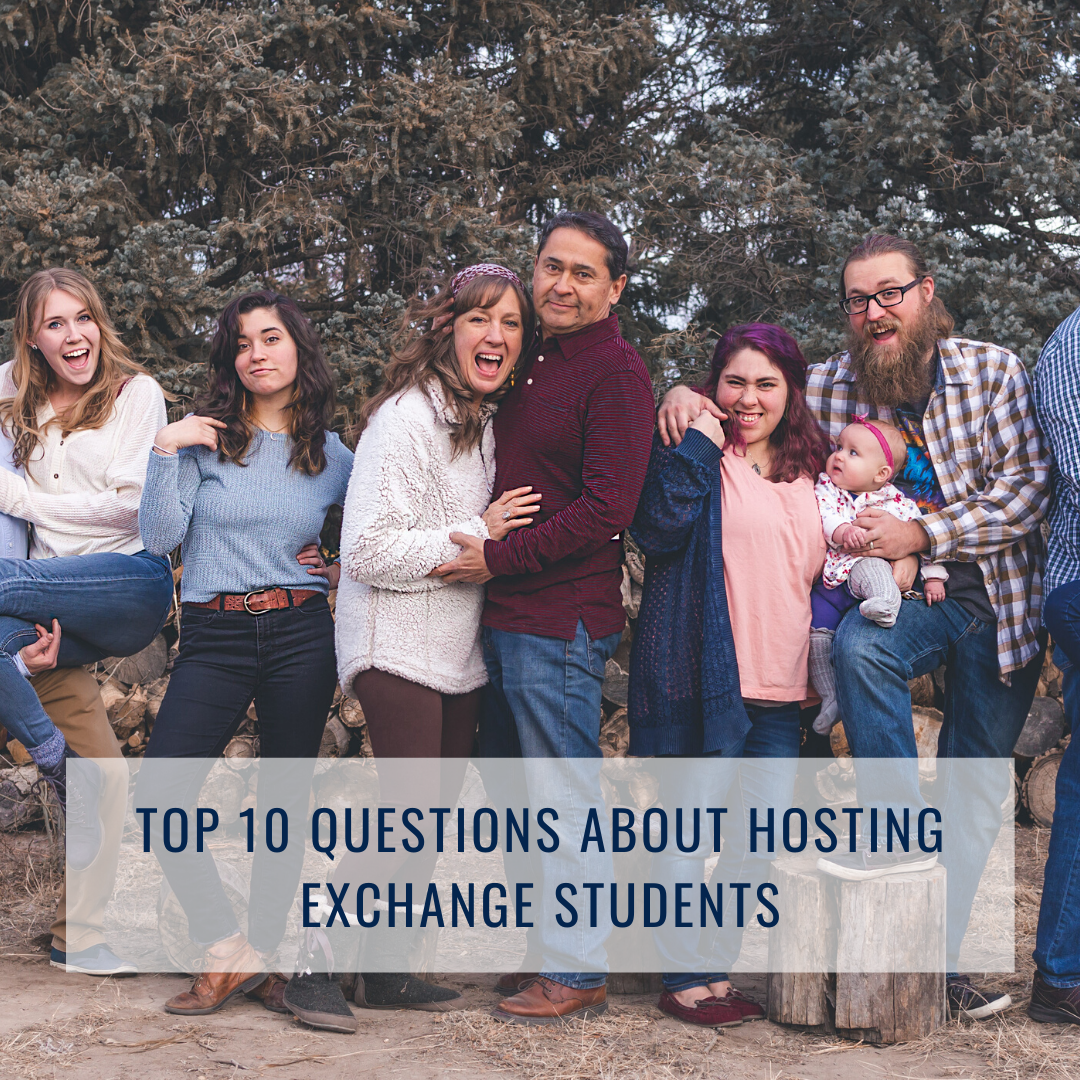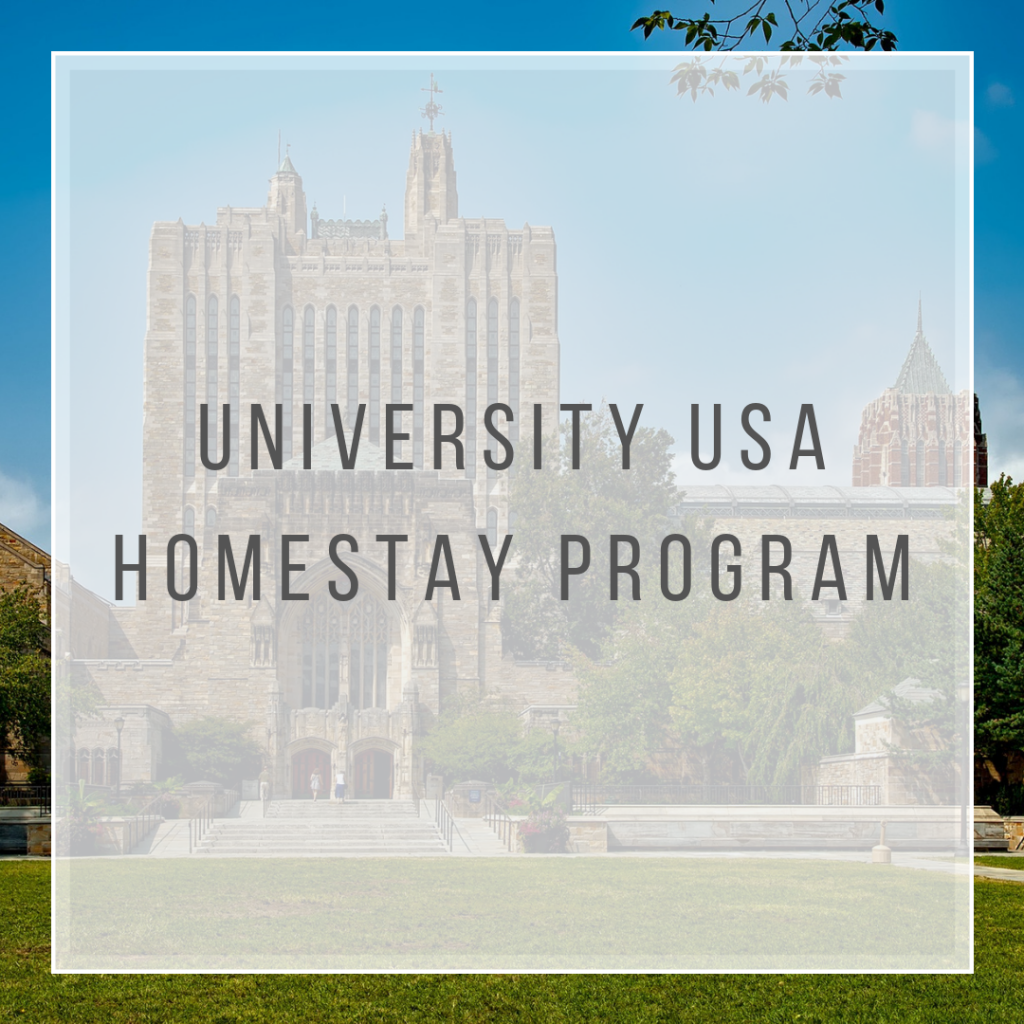
Meet 3 Students From Spain!
Children of All Nation’s, Student Ambassador Exchange program offers opportunities for high school students from Spain to visit the United States, study for a year in a local high school, and live with a host family to learn more about American culture. Are you interested in sharing about your traditions while learning more about Spanish customs? Then our J-1 Visa High School Program is for you!
Host families are expected to provide meals, a room, and a supportive environment for these students to live, grow, and study in. Students will come with their own spending money and an open heart for your family! In return, you’ll get all the benefits of travel and learning about another culture without ever having to leave your home. While families cannot receive compensation for hosting a student, there is an approved IRS deduction of $50 per month families can quote on their taxes. This is a volunteer opportunity to reach out into the world and make it just a little smaller, connecting one family to another across an ocean.
Our three students from Spain have written amazing welcome letters to their potential host families, and we would be excited to tell you more about each one of them. If you think you’re ready to open your heart and home to one of these students, click here to contact an SAE Program Coordinator Today!

Hear From Our Student’s Families!
Gonzalo’s parents say ” Gon as we affectionatly call him is sociable, audacious, and persistent. He’s always been a great friend and when he wants something, he doesn’t stop until he gets it.”
Marcos’s mother says “Marcos is special, intelligent, and empathetic. We leave in your hands the most precious thing in our life hoping that the experience will enrich your life and his.”
Meet Daniel’s parents say “Daniel’s best quality is his big heart! He is a very good boy. He has a great sense of humor and is very outgoing. He’s also quite active with soccer and martial arts.”
If you’d like to find out more about the students in our program, contact a Program Coordinator at info@saeglobal.org to receive a Student Profile! They might be the perfect fit for your family’s new adventure in cultural exchange!


Top 10 Questions About Hosting
Top 10 Questions About Hosting Exchange Students
I get quite a few questions at this time of year about what are the expectations for a family looking to host a high school exchange student. This blog discusses our top ten most asked questions.

- How long is the typical exchange experience for students?
High school students coming to the U.S. to study come for one or two semesters; students generally arrive in August in time for school to start, and leave at the end of the semester (either at the end of the calendar year or towards the end of January, depending on the location) or at the end of the school year in May or June. Some students come for the second semester only. - What makes a good host family? Host families are volunteers and represent the diversity of American culture with varied economic, religious and racial backgrounds. Many host families do not have children, while others have adult children who no longer live at home. Some have teens, some have young children. Host families undergo a screening process to make sure that they are suited for an exchange experience. To become a host family, one adult in the household must be at least 25 years old.
- What are the expectations for a host family?
Host families provide room, board, and a family environment. “Room” requires a bed, storage space, and a place somewhere in the home to study, but does not necessarily require a separate bedroom. “Board” requires three meals/day and reasonable snacks. “Family environment” means the student is a member of your family, not a guest! They go shopping with the family, they go to the farmers’ market with the family, and they go to Grandma’s for Thanksgiving with the family. And if they stay out past curfew, they can be grounded like any other teen member of the family. - Are host families paid?
The U.S. government does not allow payments to host families. Host families are eligible to receive a charitable tax deduction on their U.S. federal tax return of $50/month for each month the student lives in the home. - How expensive is it to host a student?
Host families are required to cover costs associated with at-home meals, any packed school lunches, transportation to reasonable social and extra-curricular activities, and shelter. Students bring their own pocket money to cover routine expenses including cell phone bills, school expenses, clothing and recreation such as trips to the movies. If the student travels with the host family, the student is expected to pay for any airfare or additional hotel costs, etc. Students are required to have their own medical insurance and pay for any medical expenses and insurance copayments. - How are students selected?
Students must go through a screening process for motivation, character, grades, and proficiency in written and spoken English language skills. Student applications include a letter of recommendation, academic transcripts, an essay written in English, and short-answer questions about the student’s family life. Per U.S. Department of State regulations, students must be between the ages of 15 to 18 to take part in the one-semester or academic year program. - How are students prepared for life in an American home?
Before traveling to the United States, students will attend orientation meetings to learn about living with a host family, cultural aspects of American life and practical advice and tips related to travel logistics. The exchange program will probably also provide students and their families with information on American customs and traditions. Another orientation occurs shortly after students arrive in the country. These connections help get your relationship started and help prepare the student for the lifestyle of his or her host family. - Are families allowed to contact students before they arrive?
Once a placement has been finalized with all host family, student, and school authorizations signed and filed, the host family and student can contact one another so that they can establish a relationship before the student arrives in the United States. Contact can be occasional emails, telephone calls, or (more common in today’s world) by Skype or other online connections. - What if it does not work out?
All approved exchange programs are required to have a support system for counseling and advice. As a host family, you should choose your program carefully; make sure you feel comfortable with the local coordinator or liaison, since it is likely that this is the person who will continue to be your primary advisor and contact point. If problems arise between the host family and student, the local coordinator should be available to provide support, with guidance from the program’s national office. Ask your coordinator tough questions: are they available evenings and weekends if you have a problem? What happens if the student or host family needs to call late at night with a significant problem? If it turns out that differences cannot be resolved, the coordinator should be able to help the student transition to a new home – not something people want to think about, but it’s important to know that help is available - Where do I sign up?
For additional information, please contact info@saeglobal.org.
To become a host family today, complete our free application here:
https://saeglobal.org/host-family-application/
To meet our 2020-21 students, visit our photo listing site here:
http://saeglobal.org/student-exchange-photolisting/


Top 8 Foods for a Traditional Thanksgiving Dinner
Thanksgiving is a special day to spend time with family, and to remember to be thankful for what we have. But Thanksgiving is also a time to eat… a lot!
A great way for international exchange students to experience American culture is through eating! Let’s keep things traditional with our top 8 food for a traditional Thanksgiving dinner.
1. Turkey

2. Stuffing/Dressing

3. Cranberry Sauce

4. Mashed Potatoes

5. Green Bean Casserole

6. Candied Yams

7. Pecan Pie

8. Pumpkin Pie

We encourage all of our students to try some new foods this holiday season!
Enjoy!
Read More

















